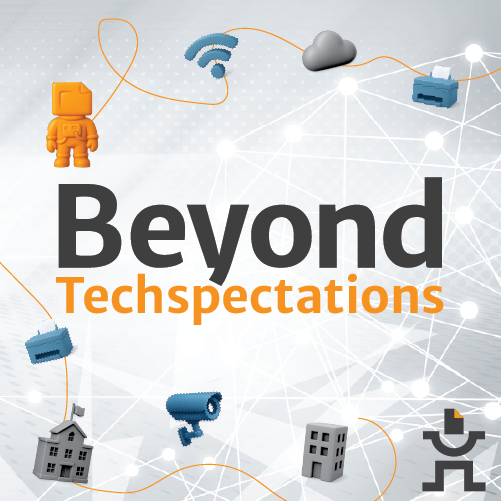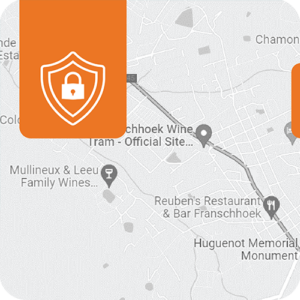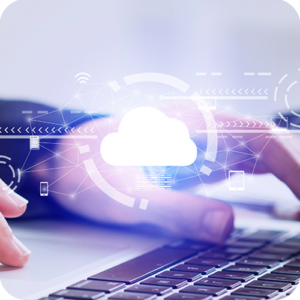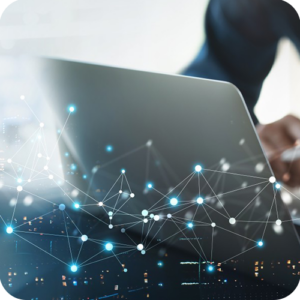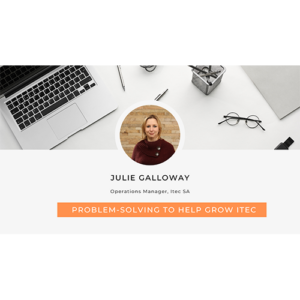Beyond the lease: Rethinking printer contracts in a changing business...
Read MoreBeyond Techspectations
Remember the days when “office efficiency” meant buying the fastest...
Read MoreWelcome to a New Era of Itec: A Fresh Digital Experience
We’ve evolved, transformed, and are now thriving – and our...
Read MoreEnhancing Service Excellence: Understanding the 5 Levels of Service Excellence
Enhancing Service Excellence: Understanding the 5 Levels of Service Excellence...
Read MoreItec Funky Socks Results in the Support of Two Charities
Itec edge had the privilege of sponsoring a hole at...
Read MoreDebunking Myths: Separating Fact from Fiction in Data Privacy
In today’s world, where cyber threats and online fraud are...
Read MoreKeeping Franschoek Safe
One of my favourite, picturesque towns in the Western Cape...
Read MoreTips to keep your data safe this World Backup Day
Tips to keep your data safe this World Backup Day...
Read MoreUnified Communications to Benefit SMEs across South Africa
Unified Communications to Benefit SMEs across South Africa Author: Reza...
Read MoreUnlock the Power of Retail Data Through an Itec Control Room
Unlock the Power of Retail Data Through an Itec Control...
Read MoreProblem-solving to help grow Itec
Author: Julie Galloway Operations Manager- ITEC South Africa Get In...
Read MoreProblem solver and solution finder
Author: Carina Engelbrecht Head: Corporate Accounts – ITEC South Africa...
Read MoreRequest a Call Back
Fill out the form below, and a Product/Solution specialist will reach out to you.
For service or career enquiries, please visit the appropriate pages. Head to our Contact Us page to find our branch locations and contact information.
By filling out this form, you consent to be contacted by Itec via email regarding our products and services.
For service or career enquiries, please visit the appropriate pages. Head to our Contact Us page to find our branch locations and contact information.
By filling out this form, you consent to be contacted by Itec via email regarding our products and services.
Request a Call Back
Fill out the form below, and a Product/Solution specialist will reach out to you.
For service or career enquiries, please visit the appropriate pages. Head to our Contact Us page to find our branch locations and contact information.
By filling out this form, you consent to be contacted by Itec via email regarding our products and services.
Request a Call Back
For service or career enquiries, please visit the appropriate pages. Head to our Contact Us page to find our branch locations and contact information.
By filling out this form, you consent to be contacted by Itec via email regarding our products and services.
Fill out the form below, and a Product/Solution specialist will reach out to you.

